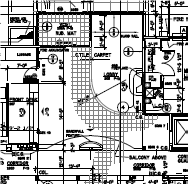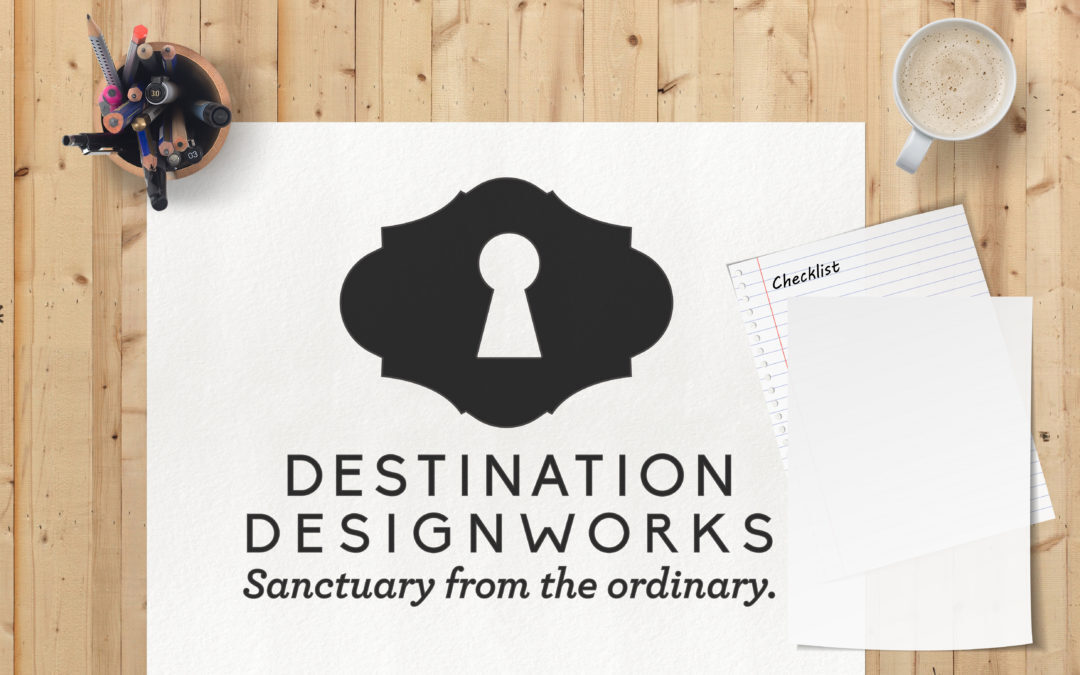Diane Boller, ASID
February 17, 2017
 Early in my career as an interior designer, I was hired by a couple who was building their dream home and wanted my help in planning their kitchen. As I drove to their home, it stood out like a monument on the flat Midwest prairie. When completed, it would truly be a mansion!
Early in my career as an interior designer, I was hired by a couple who was building their dream home and wanted my help in planning their kitchen. As I drove to their home, it stood out like a monument on the flat Midwest prairie. When completed, it would truly be a mansion!
We sat down to discuss the kitchen and I asked to see a copy of their blueprint. The wife opened a notebook and began laying out numerous sheets of paper. Their “blueprint” consisted of a floor plan that she and her husband had drawn for every room of the house, each on a separate page. Each drawing was quite detailed, but there was nothing to indicate how the rooms would be connected.
The house was completely framed, plumbed and wired, and most of the sheet rock had been hung. As we walked through the house, they had incorporated many unique features in the plan, but there was one major flaw. The long central hallway that connected the living areas to the bedrooms was barely 30″ wide. It was like entering a tunnel.
In my current work with hotel owners, we deal with submittals to many different franchises. Basic testing data requirements for flame spread, double rub counts and coefficient of friction ratings are relatively consistent requirements among the franchises. While the submittal and review process is tedious and frankly a little annoying at times, I remind myself that the hotel owner and ultimately the guests benefit from these requirements. Issues of safety, wear ability and ease of maintenance that are the purpose of the checklists have
greatly improved the hotel product in recent years.
In addition to the checklists for products and materials that are required by franchises, owners of hospitality facilities can review their property from other viewpoints by using these checklists.
If my dream home clients had been working with an architect or had involved me earlier in the construction process, their tunnel hallway could have been a lovely gallery passageway, or at the very least, a normal corridor. For the design or re-design of any interior space, a review by a specialty professional is the best investment one can make. To aid in the design assessment and find a compatible designer, Mike Dietrich has compiled a helpful list of “12 Questions Your Interior Designer Should Ask You”.
At Destination Designworks, we invite you to discuss our design services for hospitality and residential projects at any time.

